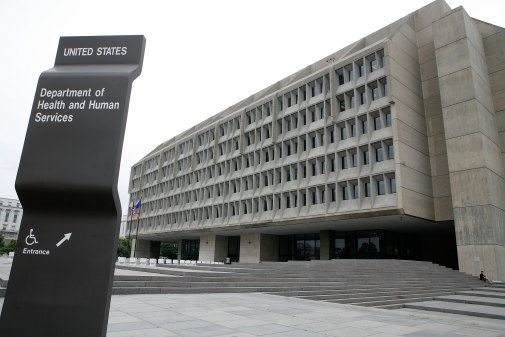Eight million enrollments and nearly eight months later, healthcare.gov remains threatened by a labyrinth of unfinished back-end systems that if not designed and integrated properly could cost taxpayers billions of dollars in overpayments to insurance companies and additional technical fixes.
Officials from the Centers for Medicare and Medicaid Services this week are scheduled to meet with insurance industry executives to discuss the IT systems at the heart of healthcare.gov’s back-end financial management capabilities, which remain under development. At issue is the ability of insurance companies to accurately determine premium rates and the potential for the government to make erroneous payments to insurance carriers.
“We’re now into the fourth or fifth month of the insurance companies billing [approximately] $10 billion a month with no backup and no reconciliation,” said Robert Laszewski, founder of Health Policy and Strategy Associates LLC. “Let me assure you, they’re good for it, but we’ve got the mother of all reconciliations coming.”
Aaron Albright, spokesman for CMS, said the agency “meets with issuers on a regular basis,” but declined to answer FedScoop’s questions about the meeting or about CMS’ ability to verify the accuracy of payments to insurance companies.
Erroneous payments could lead to a number of very costly problems for both healthcare.gov and the insurance industry, according to contract documents detailing the sole-source selection of Accenture Federal Services LLC as the developer of the back-end federal marketplace functionality. Without a back-end financial management capability integrated with the CMS accounting system, known as HIGLAS, “the entire healthcare reform program” could be jeopardized, the document states.
“Insurance companies don’t know what their premium is,” Laszewski said in an interview with FedScoop. “They know what their claims are, [but] they have no idea what their premium is because they haven’t been able to do a reconciliation. The joke in the insurance industry is that the government pays whatever we bill them.’”
The main challenge with healthcare.gov’s back-end processing stems from the system’s handling of so-called 834 transactions. An 834 transaction is technical term that refers to how enrollment information is exchanged between the federal government and the health insurance companies. The 834 transaction creates a computer “benefit enrollment and maintenance document,” which is commonly used by employers to enroll members in a health benefit plan. The system scans the document for errors. If approved, the document becomes the basis for driving the payment and claims system.
But one of the main problems stems from those who stop paying their premiums. After the first month’s premium is paid, insurance companies must keep people on the plan for two months. But even though a person might stop paying their premiums after the first month, the insurance companies continue to bill the government for the two months they are required to keep those individuals on the plan.
“It’s a mess; there’s no real documentation,” Laszewski said. “There might not be 8 million enrollments, but 8 million people hit the enroll button,” he said.
Sources familiar with CMS’ outreach to industry predict the earliest the agency, working with Accenture, can develop and test a back-end financial management component to healthcare.gov is September. But nobody knows for sure, because there’s been no evidence released that development has started and CMS has so far refused to answer questions about it.
“This says something about how screwed up this is,” Laszewski said. “Why is this a top secret program?”






